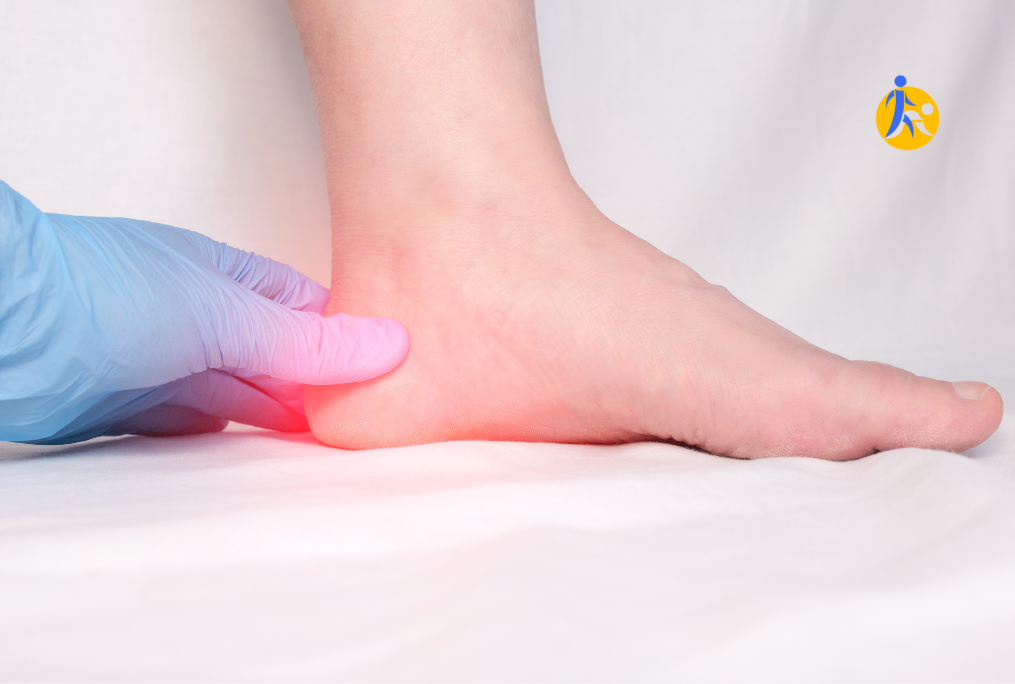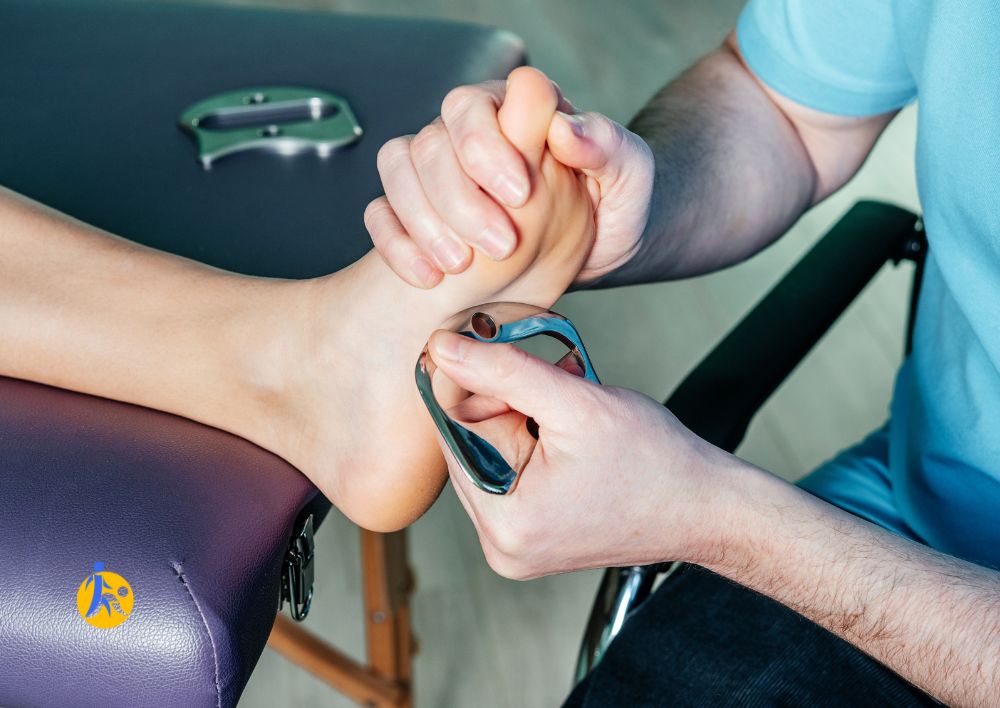If you are experiencing pain in the bottom of your heel, it’s important to get it checked. In some cases, the pain may be due to plantar fasciitis, or inflammation of the connective tissue that supports the arch of your foot and runs along the bottom surface of your foot. Plantar fasciitis is often caused by running on hard surfaces, wearing shoes that do not fit properly, having high arches, or gaining weight and putting extra strain on your feet and lower legs.
What is plantar fasciitis?
Plantar fasciitis is an inflammation of the plantar fascia, which is the tissue on the bottom of your foot that connects your heel bone to the toes. Most people who experience this condition have pain in their heels first thing in the morning or after sitting for long periods of time and then it goes away. It can also be caused by injuries like a sprained ankle, arthritis, or even as a result of having flat feet. The plantar fascia will become swollen and inflamed if you continue to walk with improper footwear or don’t take care of your feet. If you’re experiencing plantar fasciitis, there are many treatment options available including physiotherapy and using orthotics.
Causes
One reason that you might be experiencing heel pain is because of plantar fasciitis. This condition is one of the most common causes of heel pain, and it can become debilitating. The main cause of this injury is a tear in the tissue that connects your heel bone to your toes. It usually occurs when you increase your physical activity level or weight suddenly without giving time for the plantar fascia to heal. This condition mainly affects people who are middle-aged or older, overweight and have flat feet. If you’ve been experiencing pain in the bottom of your heel, then it’s important to get it checked at a professional clinic like Sai Health Care Wellness Centre before long-term damage occurs!
What can I do about it?
When you experience pain in the bottom of your heel, it’s usually due to plantar fasciitis. This is a condition that can be caused by a number of things, including being overweight, wearing shoes that are not supportive, pregnancy, or an injury to the heel. To find out what’s causing your plantar fasciitis and to prevent it from getting worse, visit Dr. Rajeev Kumar Singh Patna at his best physiotherapy center in Patna. He will be able to identify the cause and provide treatment so you can get back to living life without pain!
Who needs physiotherapy treatment?
Physiotherapy is one of the most effective treatments for plantar fasciitis. In fact, research has shown that physical therapy can be more effective than surgery in many cases. It is also a treatment option that you can use alongside other treatment options like pain-relieving drugs to get the best possible results.
To find out if you could benefit from physiotherapy, contact a local clinic and arrange an appointment with a physiotherapist. They’ll assess your condition and recommend the best course of action based on your needs and how severe your condition is.
There are lots of different things that may cause plantar fasciitis, so it’s important to have a professional run of all possibilities with you before starting any treatment plan.

How does physiotherapy treat plantar fasciitis?
Plantar fasciitis is caused by a number of factors including long periods of standing or walking and putting too much pressure on the foot. When these factors combine, the plantar fascia ligament that supports the arch of your foot can stretch and become inflamed. If left untreated, plantar fasciitis can worsen and cause pain in other areas of your body including your heel, ankle, and knee. However, if you are experiencing symptoms like pain in your heel that worsens with weight-bearing activities or pain that wake you up at night then it’s time to get it checked out by a physiotherapist.
Is this going to hurt?
There are a number of treatments available to help with heel pain. These include heating pads, stretching, wearing shoes that provide more support and using over-the-counter topical ointments or sprays. If these don’t work, a doctor may prescribe anti-inflammatory medications like ibuprofen (Advil). To reduce the severity of heel pain and speed up recovery time, getting a diagnosis is essential to find out what is causing it. Once the cause has been found, you can treat it accordingly. If you experience pain in the bottom of your heel and have not yet been diagnosed with plantar fasciitis treatment by a medical professional then make an appointment as soon as possible to see if this is the cause of your discomfort.
Recovering from the treatment
A physiotherapy is a treatment option that can help you recover from plantar fasciitis. It involves stretching and strengthening exercises to improve the range of motion in your foot and ankle, with a focus on improving the strength of your feet. In some cases, the therapist may use orthotics or shoe inserts to ease pressure on your heel. The goal is to increase strength so you are able to walk without pain again.
